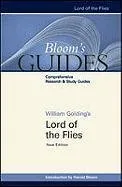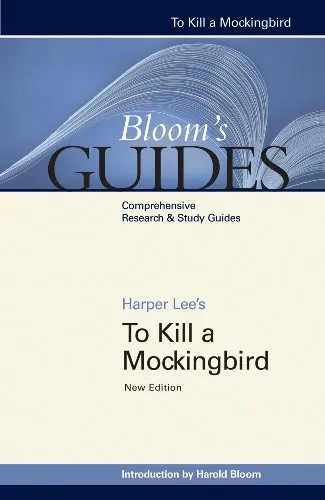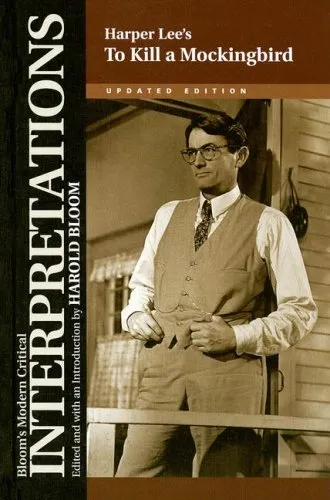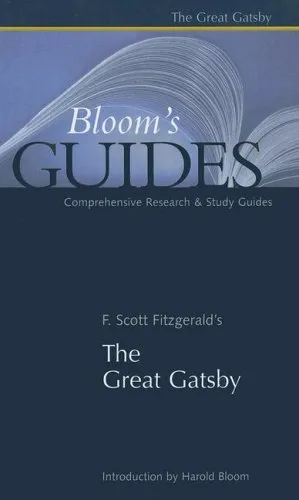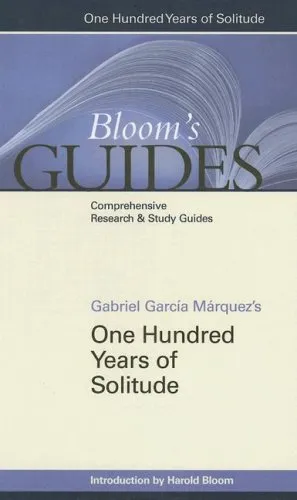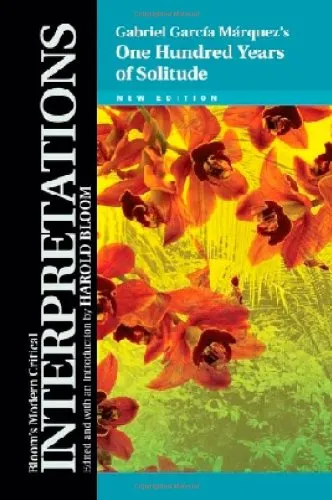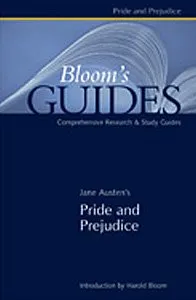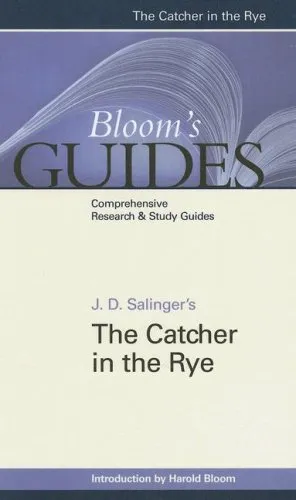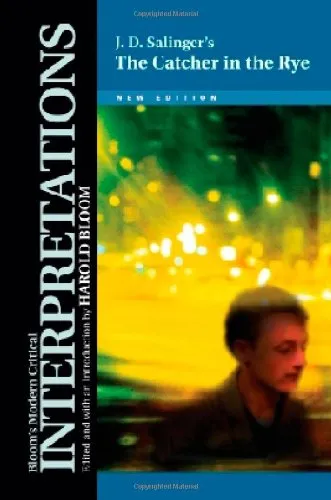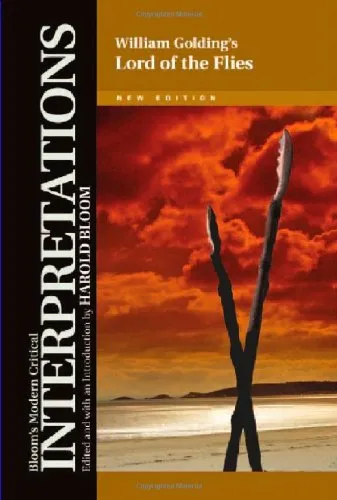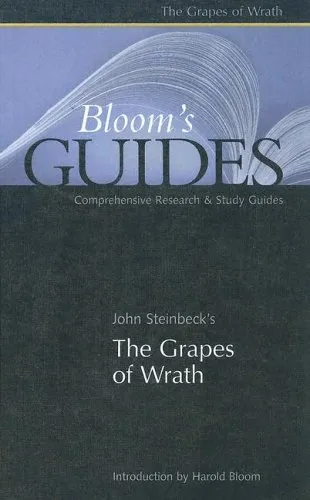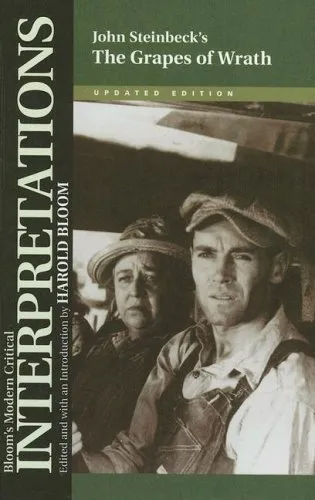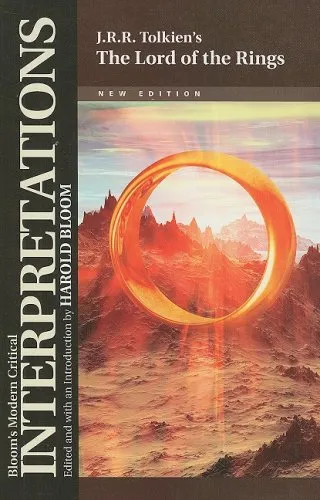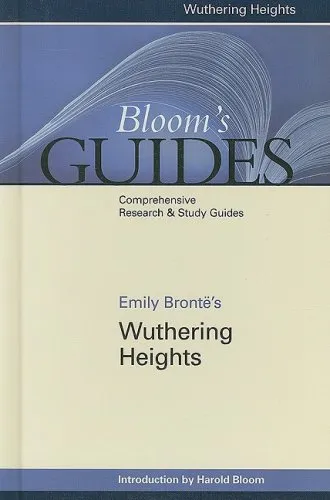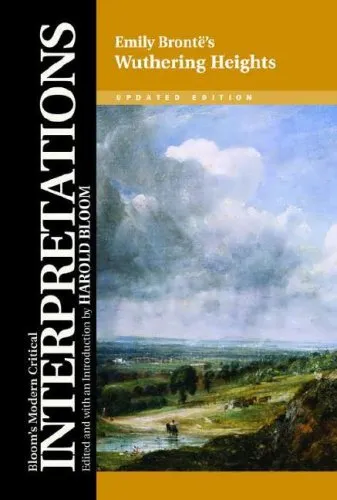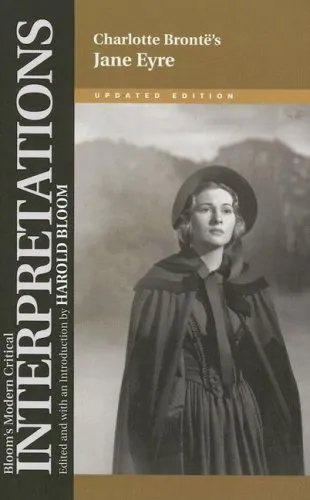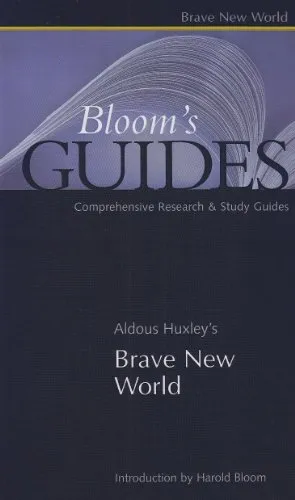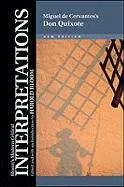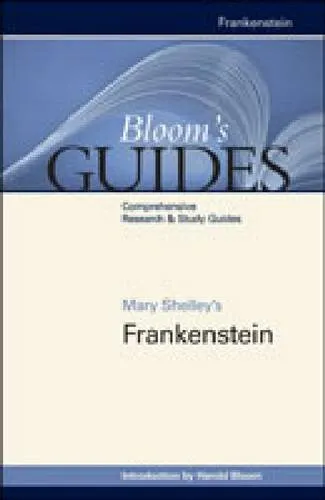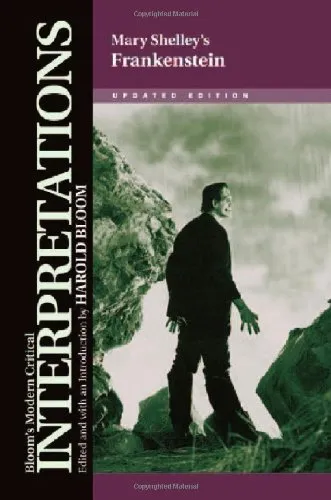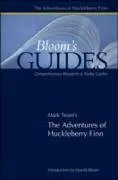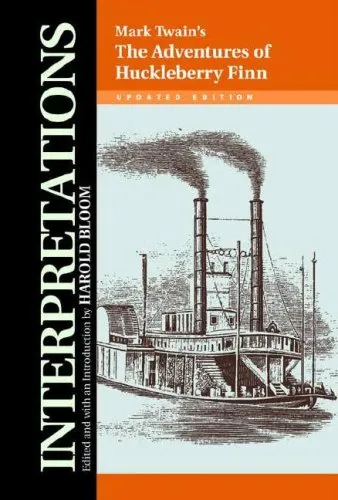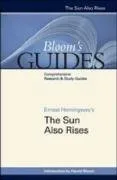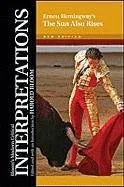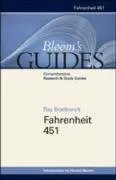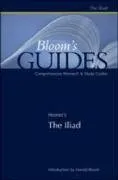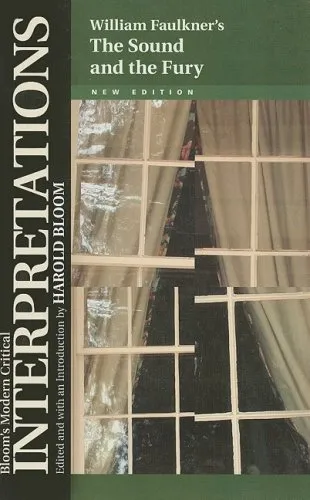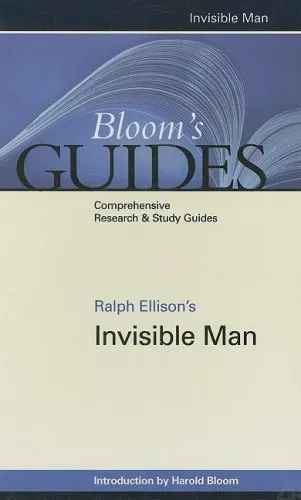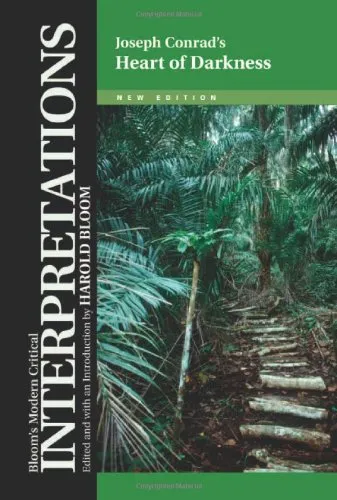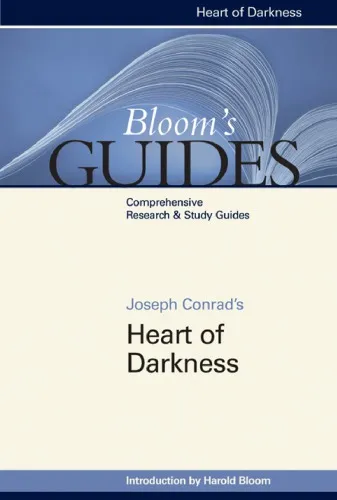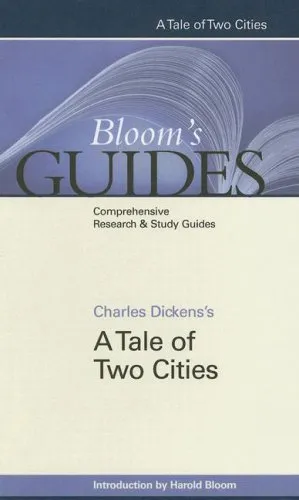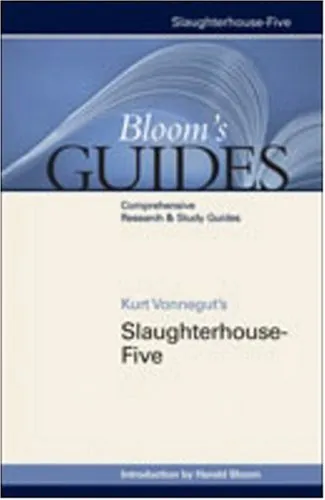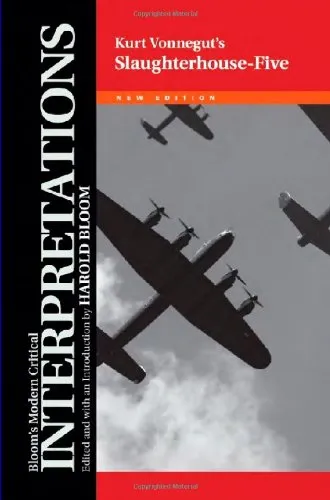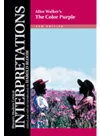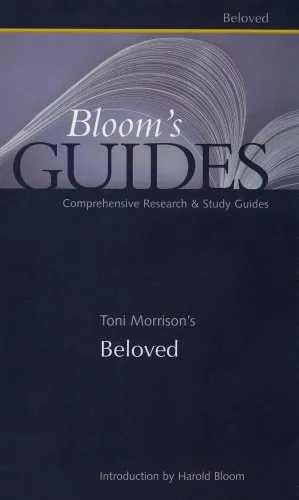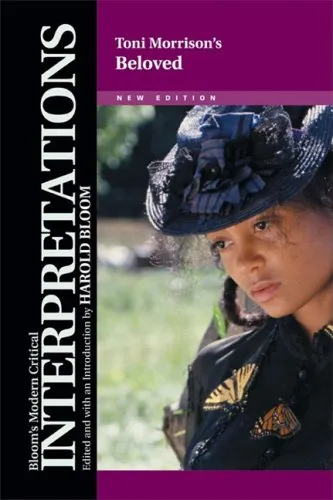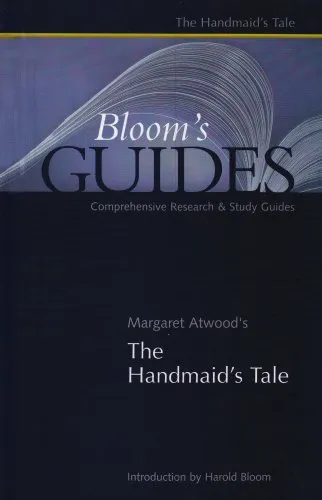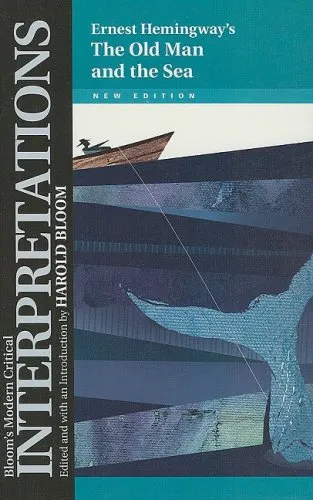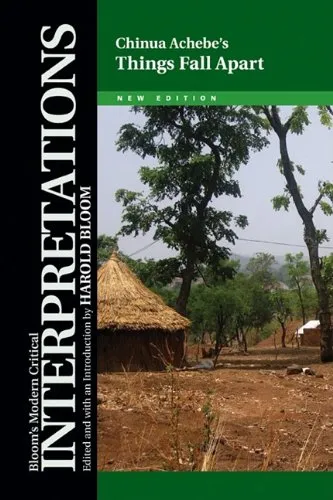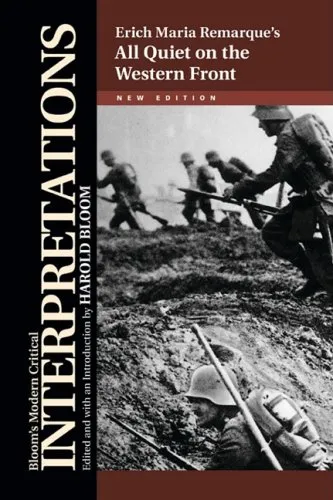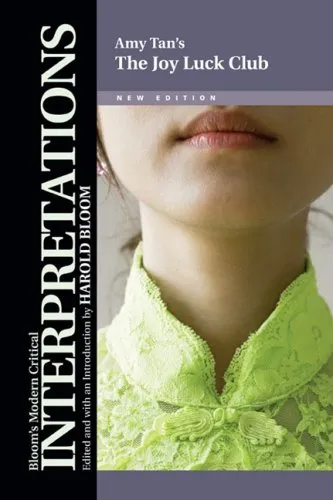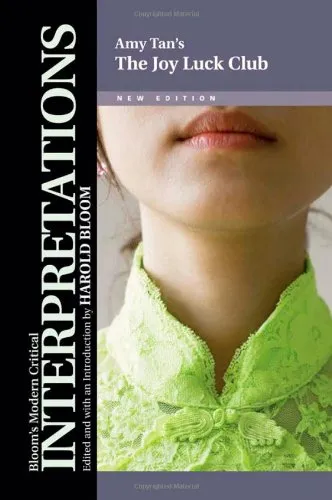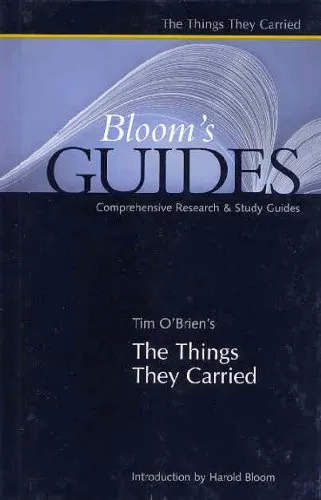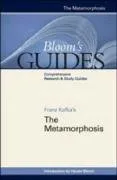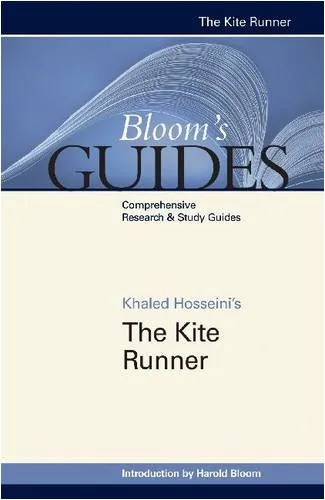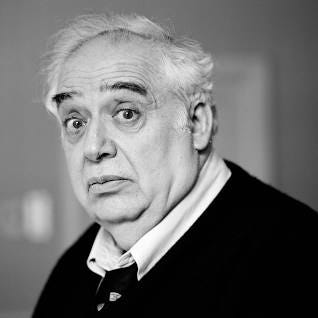William Golding's Lord of the Flies: New Edition (Bloom's Guides)
3.7
Reviews from our users

You Can Ask your questions from this book's AI after Login
Each download or ask from book AI costs 2 points. To earn more free points, please visit the Points Guide Page and complete some valuable actions.Related Refrences:
Persian Summary
Introduction to William Golding's Lord of the Flies: New Edition (Bloom's Guides)
William Golding's Lord of the Flies is a masterpiece that delves into the complexities of human nature. In this Bloom's Guide, we explore Golding's novel from various perspectives, offering a detailed exploration of its themes, characters, and narrative structure. This guide is intended for both students and literary enthusiasts seeking to deepen their understanding of this canonical work.
Detailed Summary of the Book
William Golding's Lord of the Flies portrays the descent into savagery of a group of boys stranded on an uninhabited island. The novel opens with a plane crash that leaves several young boys marooned without adult supervision. As the boys attempt to govern themselves, their societal structure gradually unravels, revealing the dark and primal instincts lurking beneath their civilized appearance.
The narrative follows main characters such as Ralph, Piggy, Jack, and Simon. Ralph is elected as the leader and attempts to establish rules and order, hoping for rescue. Piggy, an intellectual and Ralph's advisor, symbolizes logic and reason but is often marginalized by the others due to his physical appearance. Jack, the choir leader, becomes increasingly obsessed with power and hunting, ultimately leading a faction that represent chaos and savagery. Simon, the visionary, represents innate human goodness but meets a tragic end.
Golding masterfully uses the island as a microcosm of human society, exploring themes of survival, power, and the inherent darkness within all humans. The novel reaches its climax when Jack’s tribe turns entirely against Ralph’s group, culminating in a feverish descent into barbarism.
Key Takeaways
- Human Nature: An exploration of the thin veneer of civilization and how quickly it can disintegrate when individuals are removed from societal norms.
- Moral Struggle: The constant battle between civilization and savagery, depicted through the decisions and actions of the boys on the island.
- Leadership and Order: The differing styles of leadership demonstrated by Ralph and Jack, illustrating how power can corrupt and lead to the downfall of society.
- Symbols: The conch shell, Piggy’s glasses, and the "beast" as significant symbols representing law, logic, and internal fear.
Famous Quotes from the Book
Golding’s novel is rich with powerful and memorable quotes that capture the essence of the story:
"The thing is - fear can't hurt you any more than a dream."
"Maybe there is a beast… maybe it's only us."
"We did everything adults would do. What went wrong?”
Why This Book Matters
Published in 1954, Lord of the Flies offers timeless insights into the duality of human nature and the complex dynamics of society. Golding’s portrayal of innocence lost amidst the chaos has resonated with readers for generations, making it a staple in educational curriculums worldwide. This guide emphasizes the novel's relevance in contemporary society, where issues of identity, leadership, and morality remain ever pertinent.
Golding's novel is lauded for its profound philosophical implications, exploring the constant battle between our civilized veneer and our innate primal instincts. By studying Golding's work through this guide, readers gain a deeper appreciation of its literary merits and its undiminished relevance in today's world.
Free Direct Download
You Can Download this book after Login
Accessing books through legal platforms and public libraries not only supports the rights of authors and publishers but also contributes to the sustainability of reading culture. Before downloading, please take a moment to consider these options.
Find this book on other platforms:
WorldCat helps you find books in libraries worldwide.
See ratings, reviews, and discussions on Goodreads.
Find and buy rare or used books on AbeBooks.
1581
بازدید3.7
امتیاز0
نظر98%
رضایتReviews:
3.7
Based on 0 users review
Questions & Answers
Ask questions about this book or help others by answering
No questions yet. Be the first to ask!
